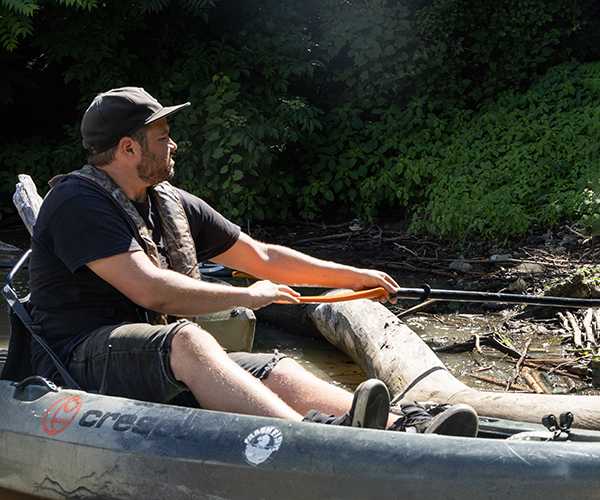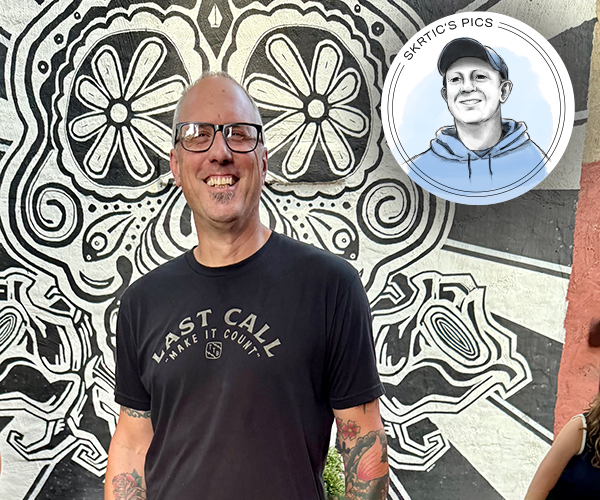It all started with Hurricane Katrina. Andrew Curtis had always worked in the field of geographic information systems, but the storm that ravaged New Orleans in 2005 made the Kent State University professor realize technology offered ways to capture data that hadn't previously been available. "Katrina was one of those moments when a light bulb goes off," says Curtis, director of the geographic information systems/health hazards lab at Kent State. "I realized we could use [spatial video] in so many ways." Using a GPS-enabled consumer video camera commonly utilized by extreme-sports athletes to document their adventures, Curtis created highly detailed image maps that have allowed him to track recovery progress in New Orleans and Joplin, Mo. His insight could alter forever how communities respond to crises, but Curtis sees broader applications too, ranging from crime mapping to disease control.
Why was the use of spatial video so valuable in New Orleans?
If you have a film crew in the Lower 9th Ward recording the devastation there, that's dramatic but it's not very useful. This tool puts your location into the video so you can visually re-walk the disaster zone, six months later, 12 months later, 18 months later to see how recovery has happened or hasn't happened.
How is disaster recovery traditionally tracked?
It's very analog — basically, pencil and paper. Typically, the Red Cross goes into a disaster zone with a "street sheet." They tick off boxes about what street they are on, what address, what type of structure and how it's affected. When you go to a Red Cross center and say you were affected, they use that information to give you some money to see you through.
How can this tool actually make an impact in a community?
In New Orleans, for example, we helped neighborhood groups write grants. For them to access recovery funds, they had to quantify what was going on in their neighborhood. There's no point in them writing to say, "our neighborhood is in really bad condition." [The grant-making organization] will say, "OK, tell us how."
What other applications do you envision for this technology?
I spent time in Haiti in the summer collecting data from towns that were badly impacted by the cholera epidemic. The map we generated marks everything significant we observed — standing water, the presence of dogs, trash piles — and the location of schools to identify the types of health risks found around the school. We can figure out where the best places would be to launch education strategies, or where we should put fresh water. We also recently rode along with police in a high-crime neighborhood of Akron, looking for ways to map out elements of the built environment that could indicate where crime is occurring.
Are you planning to commercialize this technology?
Oh, no. We would never commercialize this. You need to have something that's free to everyone. If I give a presentation somewhere, I want people to think, We can use this. We can go out and do exactly the same thing. This allows you to send video to anyone, and they can view it on Google Earth without needing to purchase anything. We don't do research for the sake of research. It's for a common good, to improve the situation wherever we are working.



